News
Breaking New Ground: AI-Enhanced Web Design for Optimal User Engagement
The symbiosis between artificial intelligence (AI) and web design is redefining the paradigms of user engagement. As businesses vie for a competitive edge, the integration of AI into web design has emerged as a transformative strategy in digital marketing.
This article delves into how AI-enhanced web design is not only elevating user experiences but also revolutionising the way brands interact with their audiences online.
The New Frontier in Web Design
The digital landscape in 2024 has seen an exponential increase in the utilisation of AI technologies. AI is now a staple in web design, used to automate processes, personalise user experiences, and enhance decision-making through data-driven insights. The evolution from static web pages to AI-driven, dynamic interfaces marks a significant shift towards more interactive and personalised user journeys.
Personalisation at Scale
One of the primary benefits of AI in web design is its ability to personalise at scale. Traditional web design can use data to tailor experiences to some extent, but AI takes this to a new level. By analysing user data in real time, AI can adjust the content, layout, and even functionality of a website to better suit the individual’s preferences.
For instance, a 2023 study by the Chartered Institute of Marketing highlighted that personalised web experiences led to an 18% increase in user engagement in the UK. Such statistics underscore the growing importance of personalisation in digital marketing strategies.
Enhanced User Interfaces with AI
AI technologies like machine learning algorithms and natural language processing (NLP) are instrumental in creating more intuitive user interfaces. These technologies enable websites to learn from user interactions and evolve over time, thus continuously improving the user experience. For example, AI can predict what information a user is looking for based on their navigation patterns and provide quicker access to relevant content.
Accessibility: A Cornerstone of AI-Driven Design
Accessibility remains a crucial component of web design, ensuring that websites are usable for all individuals, including those with disabilities. AI enhances accessibility by enabling features like predictive text, voice navigation, and content adjustment based on the user’s needs. These functionalities not only comply with legal standards but also broaden the market reach of digital platforms.
Real-Time Problem Solving
AI-driven analytics tools play a pivotal role in identifying issues that users face in real-time. By gathering and analysing data on user behaviour, AI systems can detect patterns that indicate problems like high bounce rates or cart abandonment. This immediate insight allows developers to quickly rectify issues, often before they impact a significant number of users.
Streamlining Design Processes
AI also streamlines the web design process itself. Automated testing tools can simulate hundreds of user interactions, identifying layout problems and bugs faster than ever before. This automation speeds up the testing phase and allows designers to focus more on creative elements. Furthermore, AI-driven tools can generate design elements based on brand guidelines, reducing the time needed to create mock-ups and prototypes.
AI and SEO: An Inseparable Pair
Search Engine Optimisation (SEO) is another area where AI is making a significant impact. AI tools can analyse vast amounts of data to suggest SEO improvements, from keyword inclusion to content optimisation. The use of AI in SEO ensures that web designs are not only visually appealing but also ranked high on search engine results pages, increasing organic traffic.
For example, a recent report by Searchmetrics indicated that websites that integrated AI into their SEO strategy saw a 30% improvement in search rankings within six months in the UK.
Ethical Considerations and User Privacy
With great power comes great responsibility. The use of AI in web design raises important questions about user privacy and data protection. It is crucial for businesses to adhere to GDPR and other relevant legislation while implementing AI to ensure that user data is collected and used ethically.
The Future of AI in Web Design
Looking ahead, the integration of AI in web design is set to deepen. Emerging technologies such as augmented reality (AR) and virtual reality (VR), combined with AI, will likely lead to more immersive web experiences. Moreover, as AI technology advances, we can expect even more personalised and interactive web environments that will continue to push the boundaries of user engagement.
AI-enhanced web design represents a significant leap forward in how we think about user engagement in digital marketing. By leveraging AI, businesses can create more engaging, intuitive, and personalised web experiences that not only satisfy users but also drive business objectives. As we continue to navigate the digital future, the intersection of AI and web design will undoubtedly be at the forefront of innovative strategies that connect brands with their audiences in meaningful ways.
AI-enhanced web design is not just a trend; it is the next standard in digital marketing, essential for any business looking to thrive in the digital age. As AI technology evolves, so too will the possibilities for creating captivating and effective web experiences, marking an exciting new chapter in the journey of digital marketing.
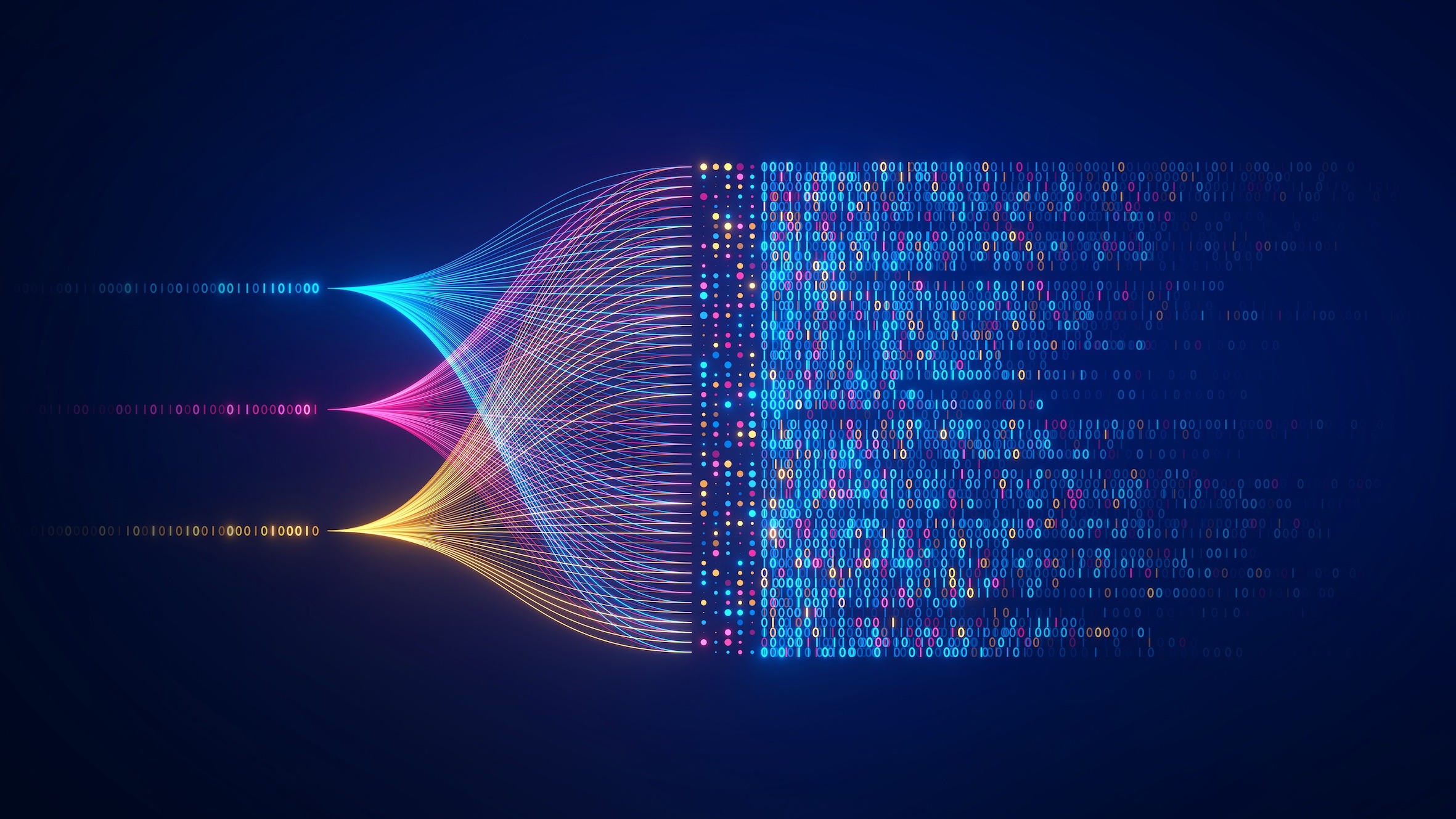
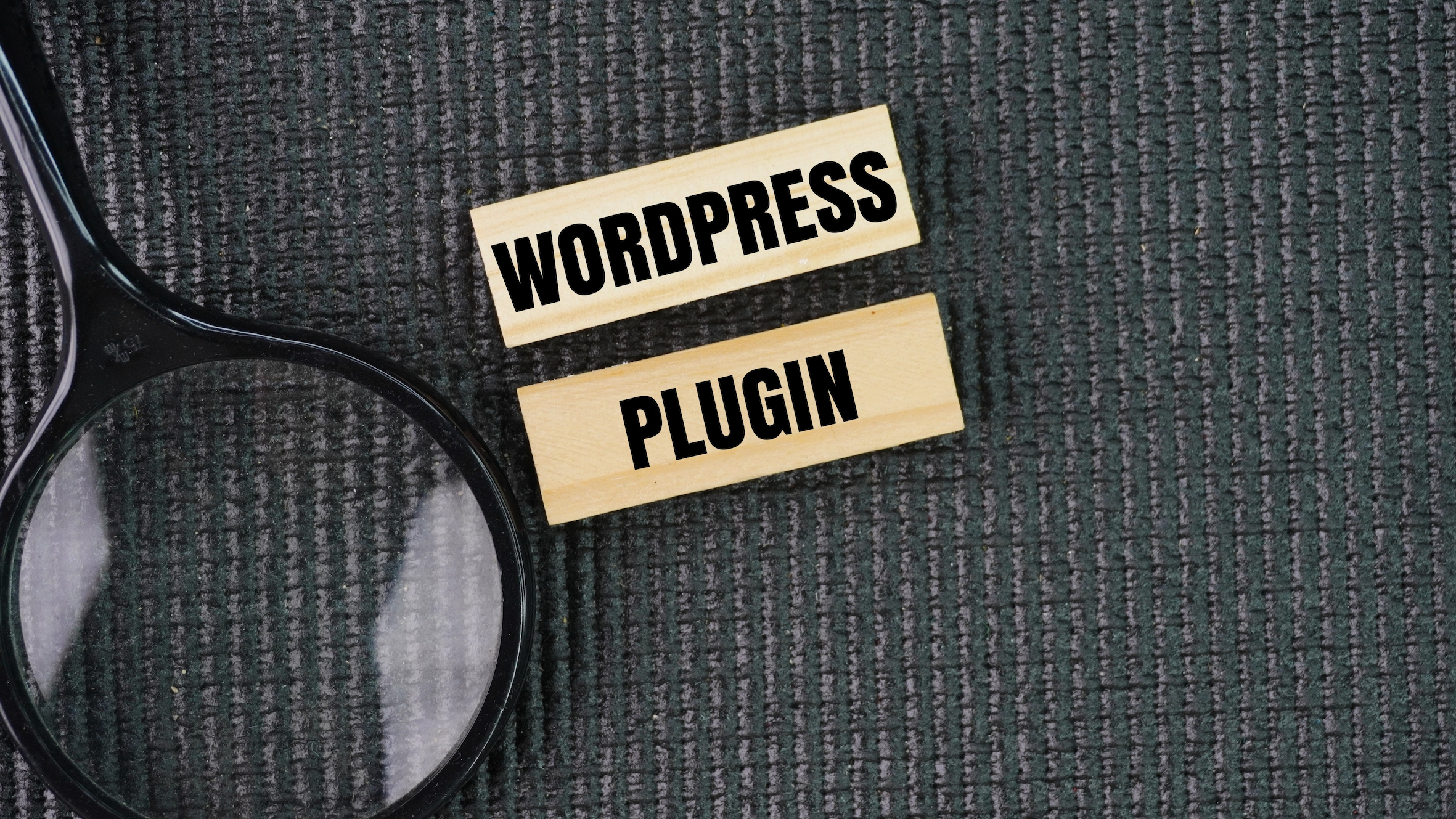

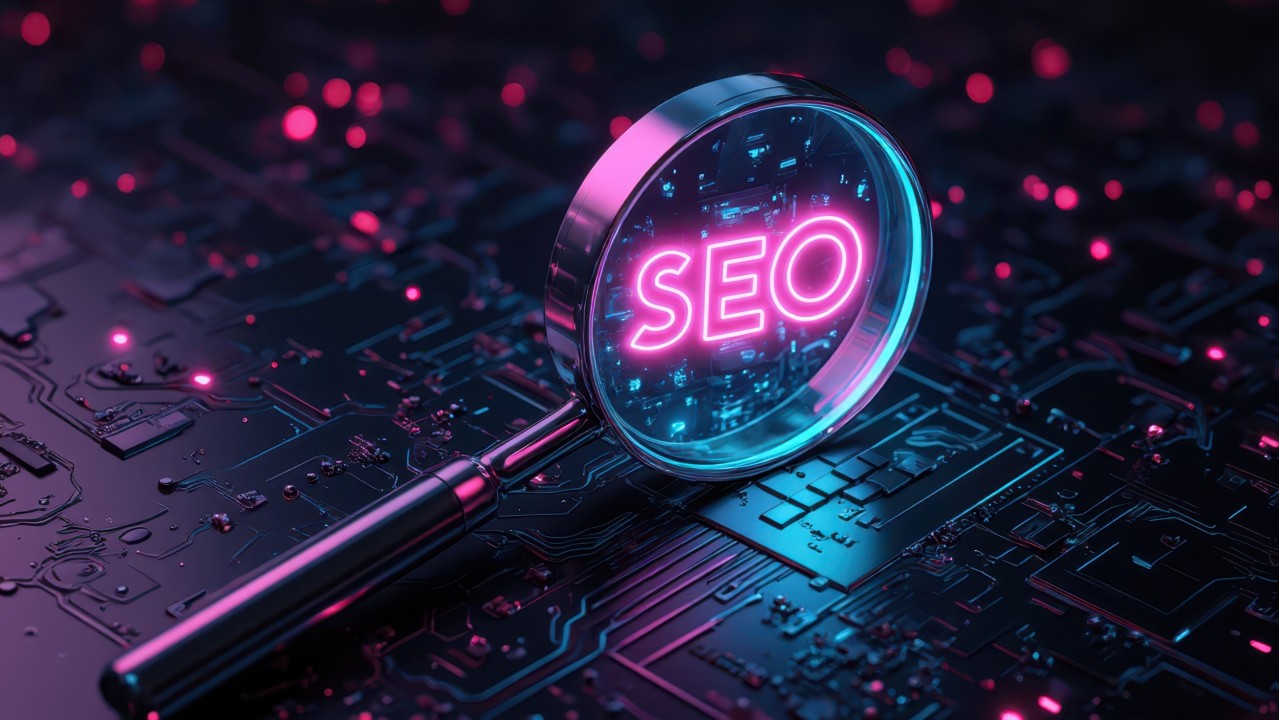

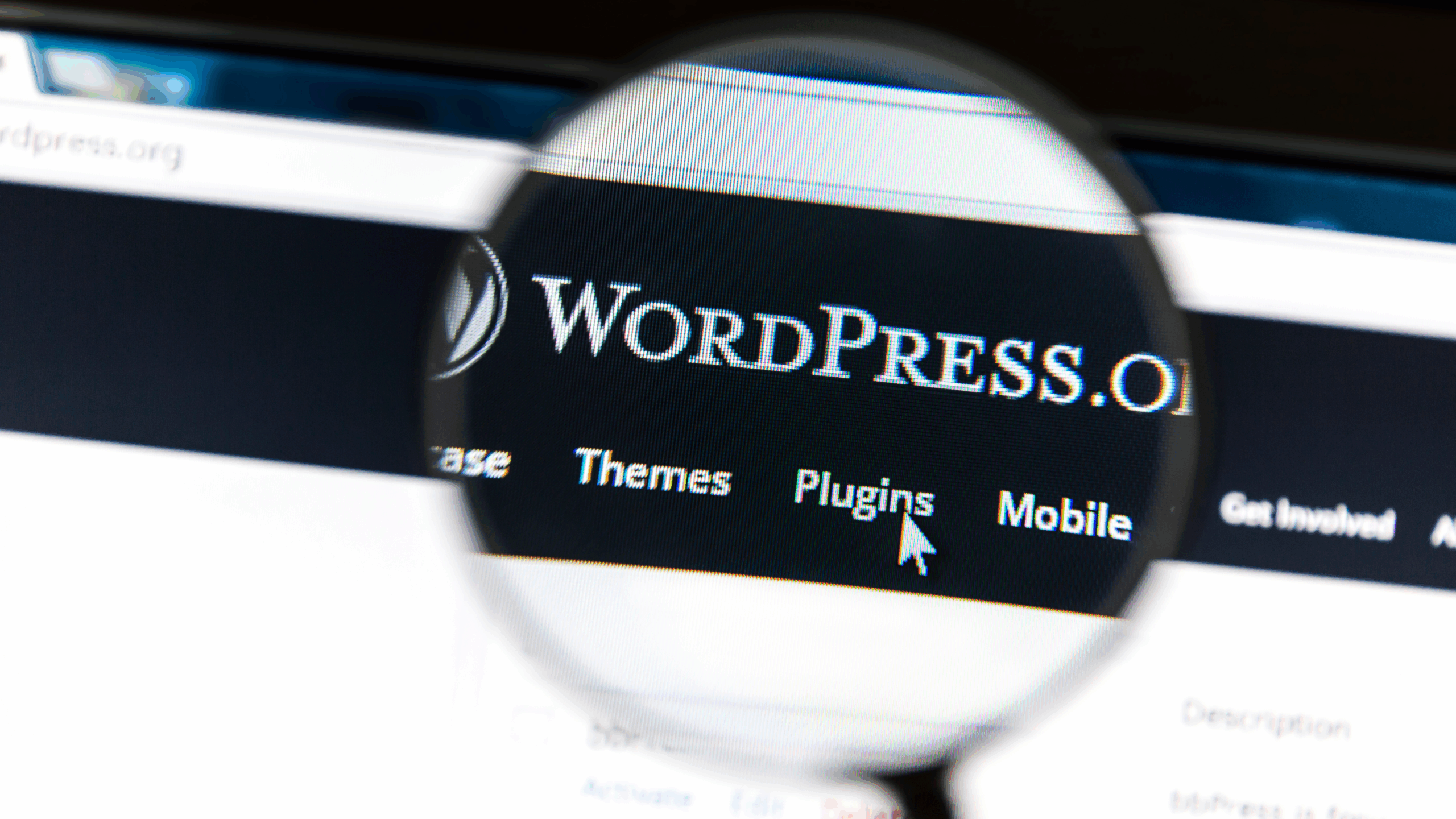
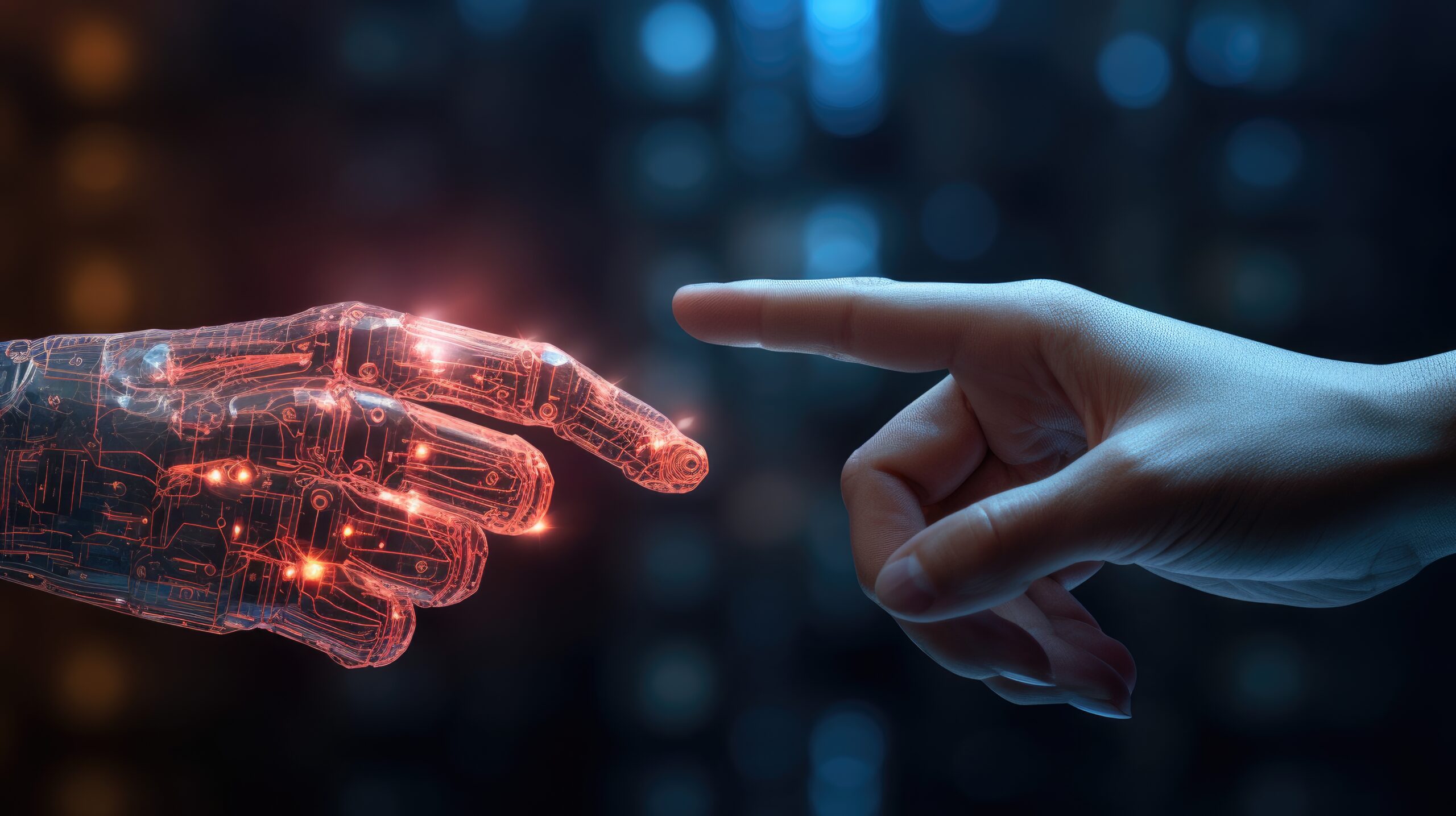

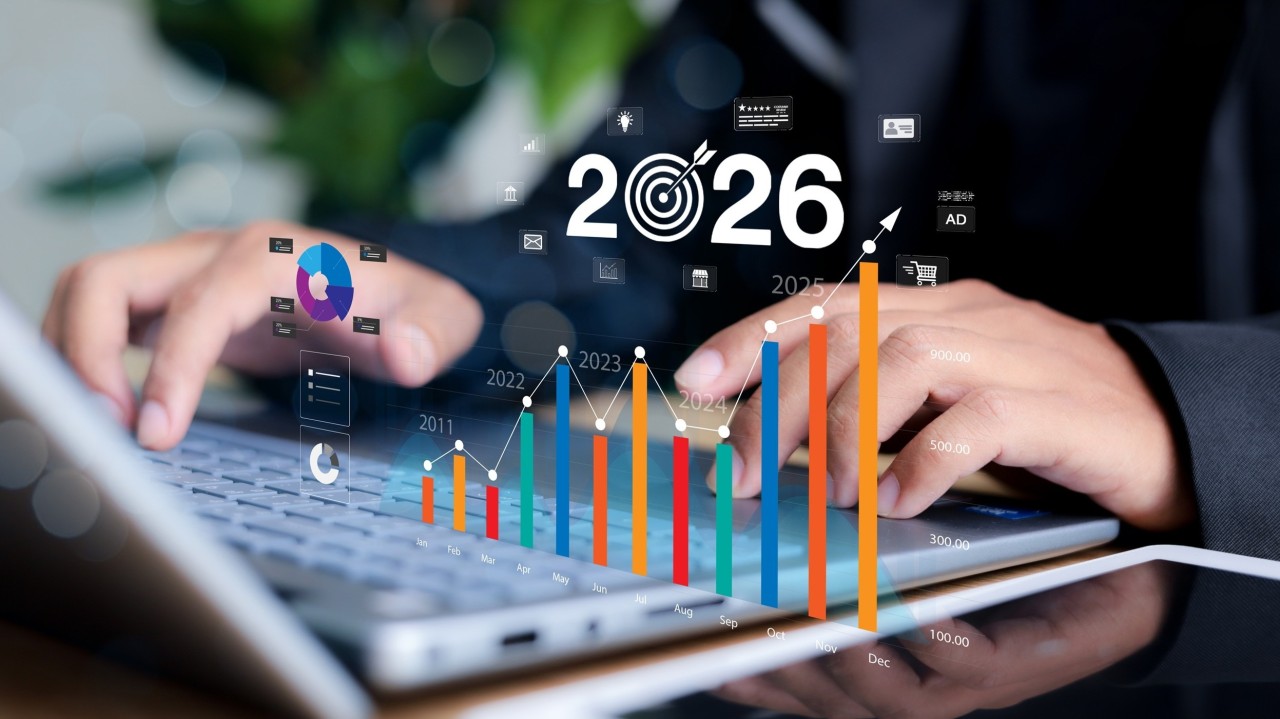
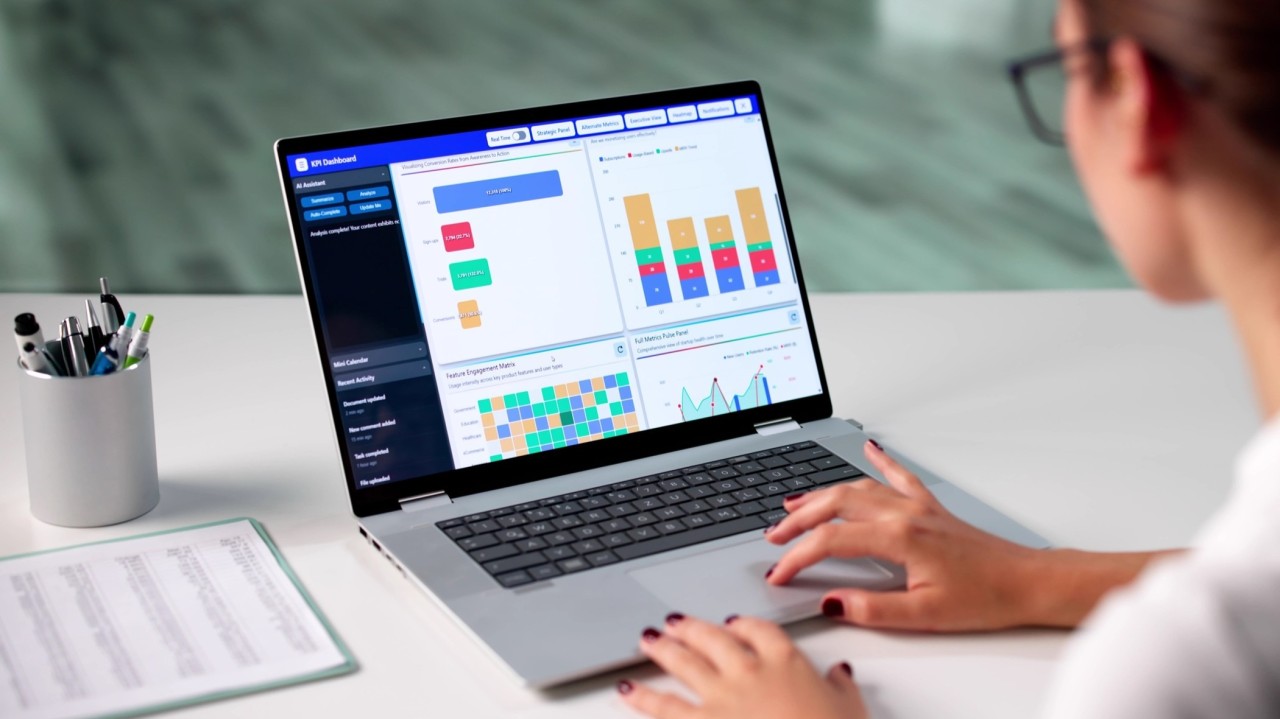
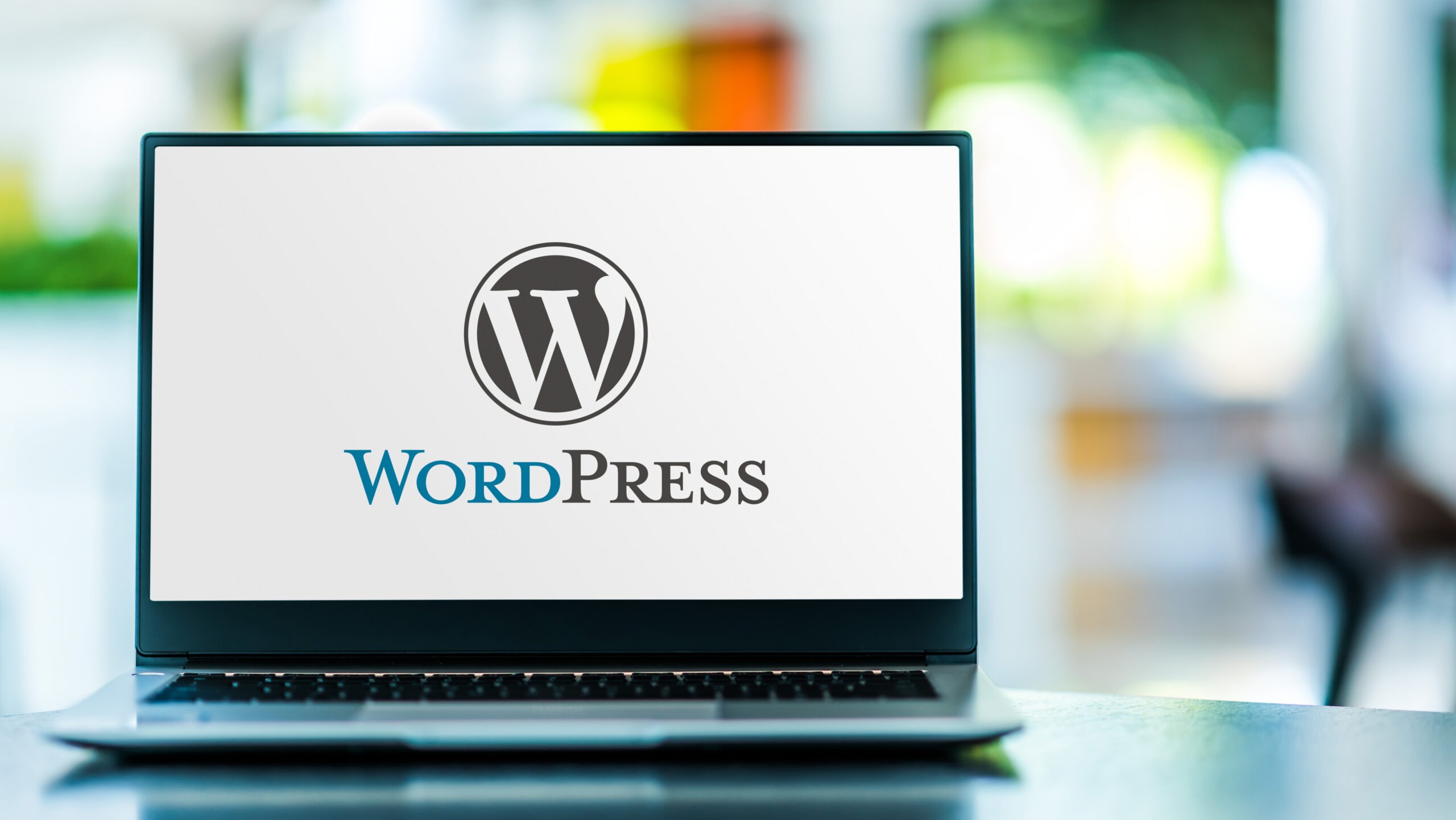

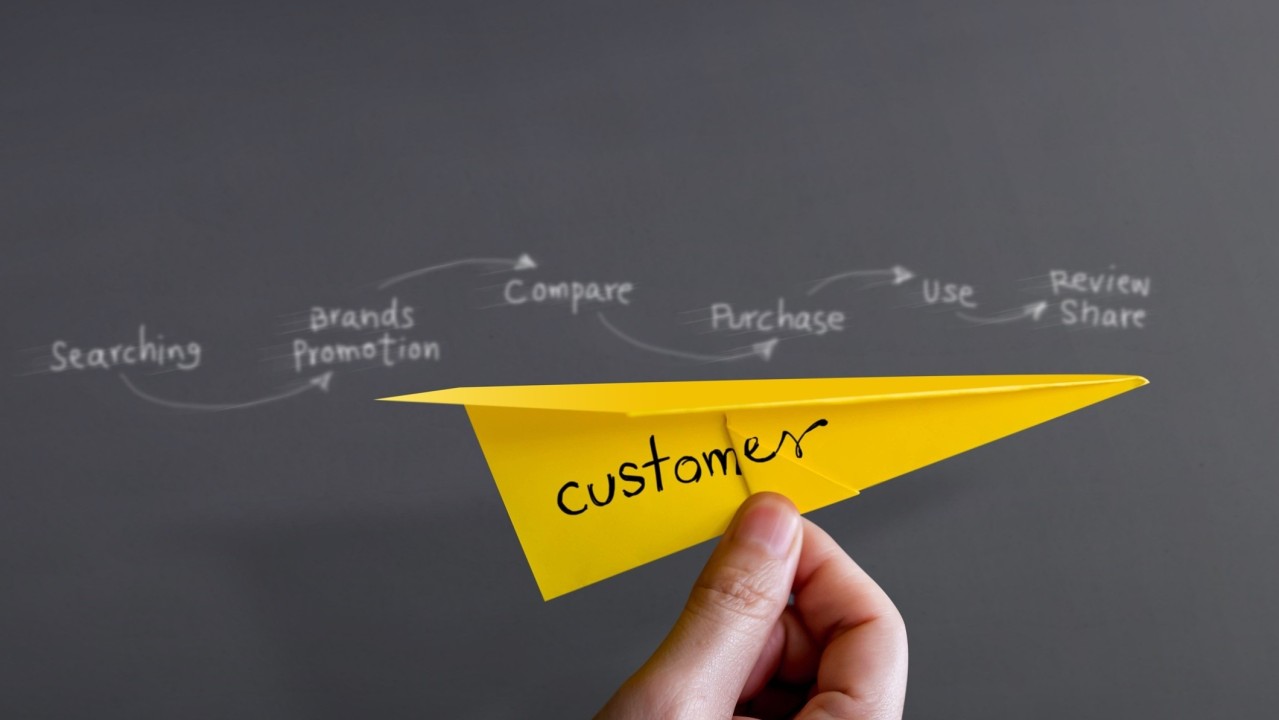


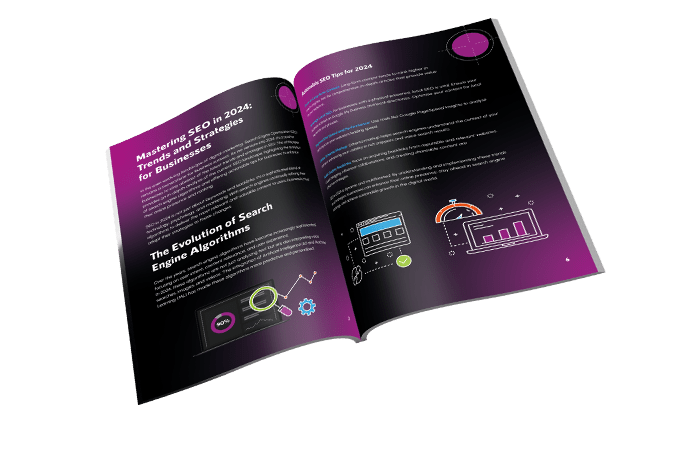
The Ultimate Social Media Guide
With the ever-growing power of social media, we use the latest techniques, video, and animation software to craft eye-catching social media assets that make your brand pop. Our designers, wielding Adobe Creative tools, create distinctive animations and graphics to illuminate your brand story and highlight your products or services. Want a unique design? No problem – we also offer bespoke designs to match your brand aesthetic.